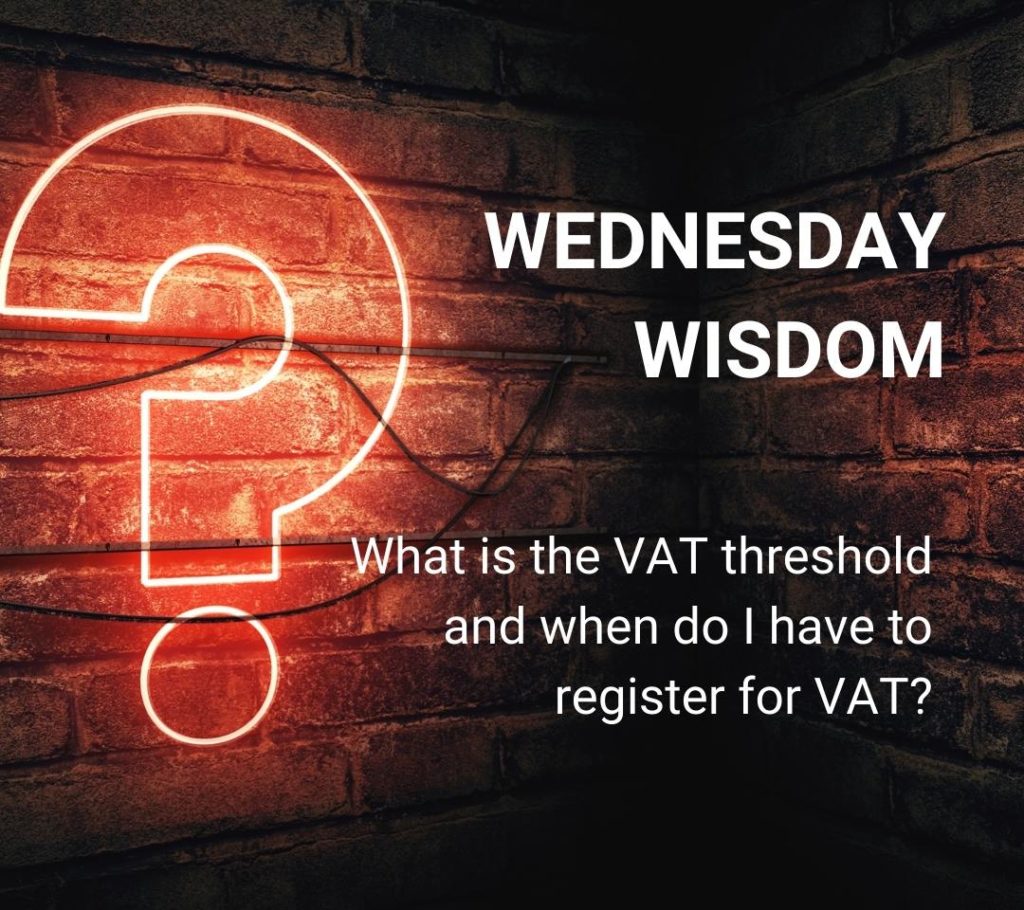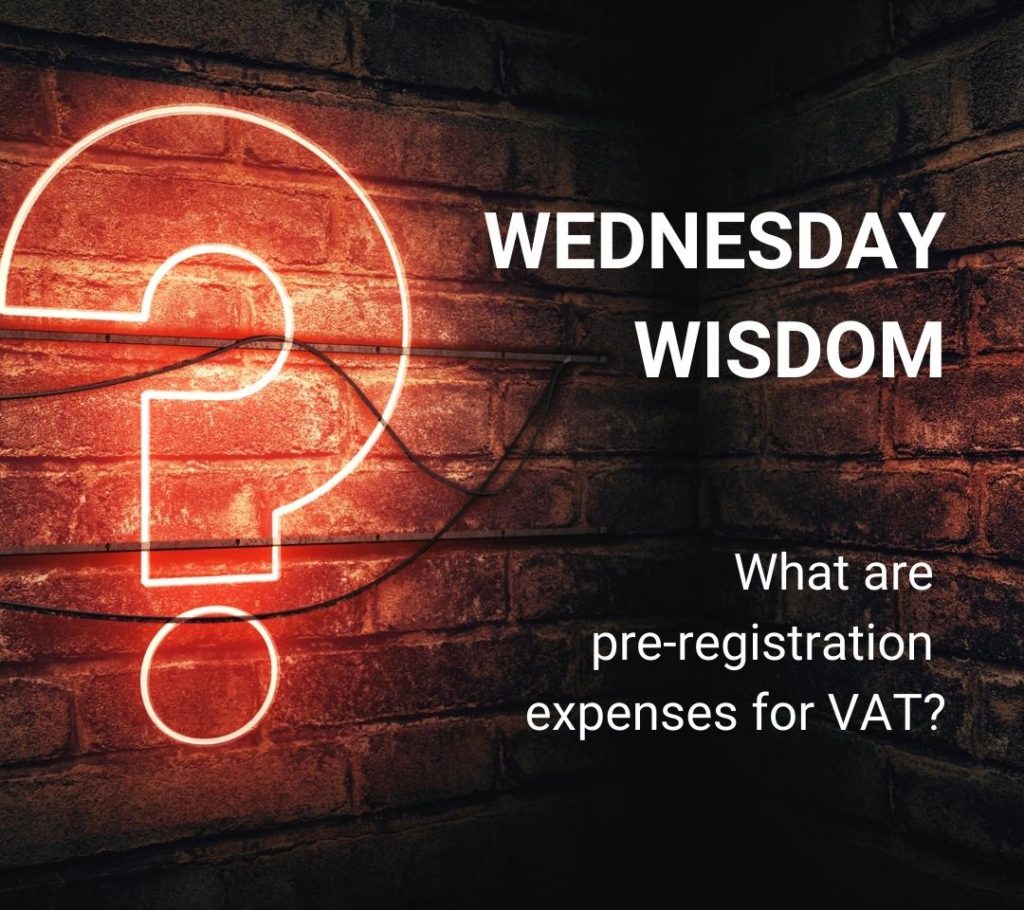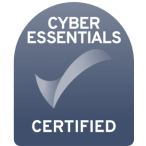Employers with fewer than 250 employees will be able to claim up to two weeks’ SSP per employee for COVID-related sickness absences occurring from 21 December 2021.
Statutory Sick Pay Rebate
The reintroduction of the Statutory Sick Pay Rebate Scheme (SSPRS) was announced as part of a £1bn support package for businesses impacted by the Omicron variant of COVID-19.
Employers are eligible for SSPRS if they:
- Are UK-based;
- Employed fewer than 250 employees on 30 November 2021;
- Had a PAYE scheme at 30 November 2021; and
- They have paid their employees’ COVID-related statutory sick pay (SSP).
There are no details indicating when the scheme will end other than the government will keep the scheme under review. This follows the same pattern as the previous scheme that ran for periods up to 30 September 2021 when it was ended by legislation.
If an employer made a claim for an employee under the previous scheme, they will be able to make a new claim for a COVID-related absence for the same employee of up to two weeks.
The claims portal remains live for the previous iteration of the scheme as employers have until 31 December 2021 to submit their claims for periods up to 30 September 2021.
Employers should wait until mid-January 2022 to submit claims for coronavirus-related SSP from 21 December 2021. It is expected that claims will only be possible once the requisite secondary legislation has been laid.
Employers must keep records of SSP that they have paid and want to claim back from HMRC. The following records supporting the claim must be kept for three years after the date the employer receives the payment:
- Dates the employee was off sick;
- Which of those dates were qualifying days (ie, the days that the employee would normally work);
- The reason they said they were off work due to COVID-19;
- The employee’s national insurance number.
Currently, employees can temporarily self-certify up to 28 days of absence and coronavirus-related SSP claims are not subject to the normal three-day waiting time.







